The dynamic little animals are back!
Submarines are still one of the most dangerous naval assets. They are neither fast and agile, nor can they visually impress the enemy with fearsome weapons. But their ability to dive into the depths of the ocean and pose a danger that is extremely difficult to locate makes them weapons systems that require a disproportionate amount of attention from their opponents, and not just since the German successes in the Second World War. Germany's allies in NATO are aware of this aspect and many of them are themselves in possession of modern submarines. The fact that they are aware of the latent danger is also demonstrated this year by the...
Read More

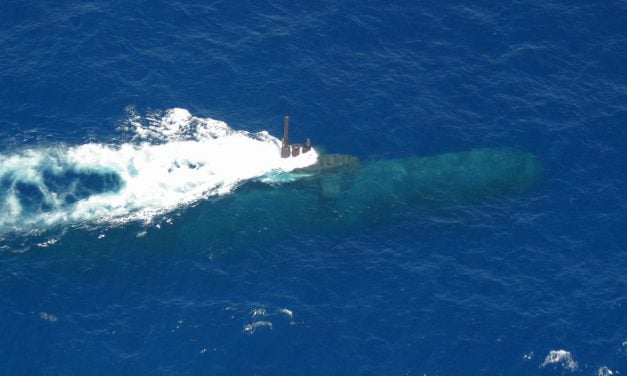
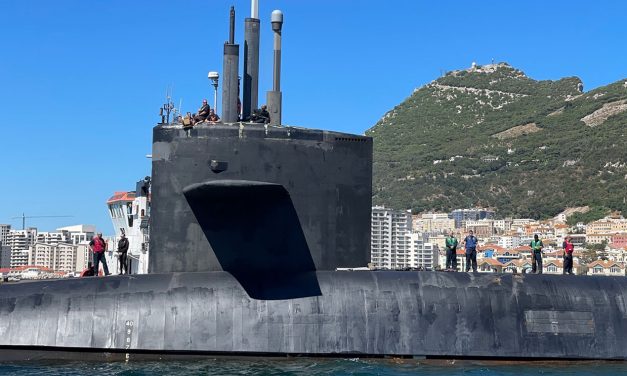
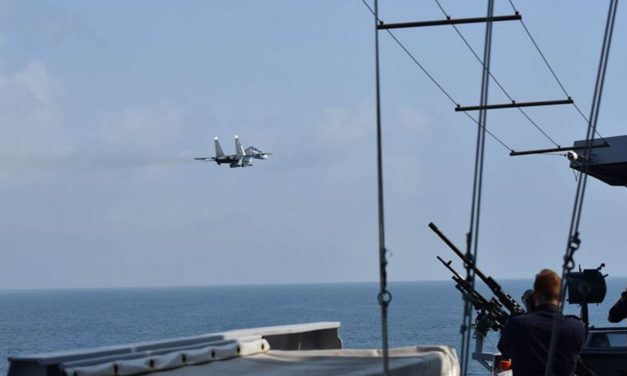
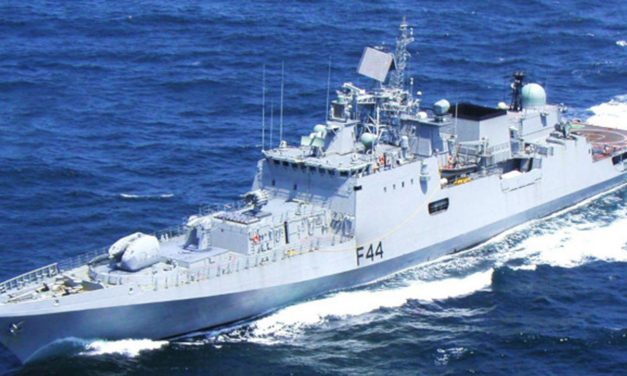
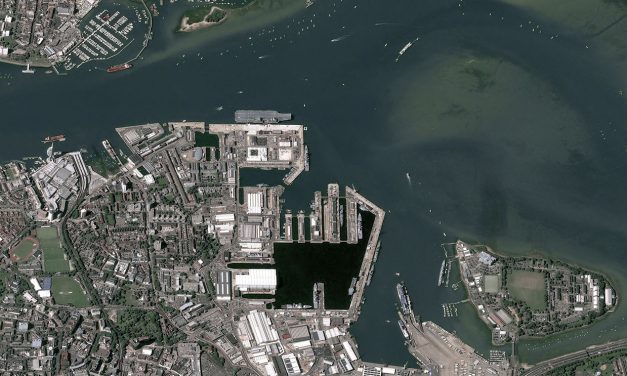
Recent Comments